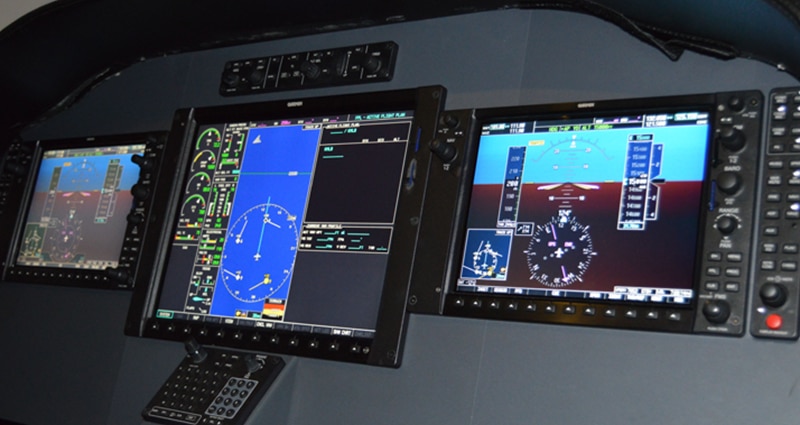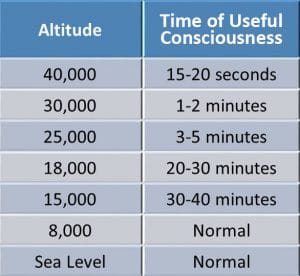Slow Onset Hypoxia Represents the Highest Risk of Fatality


The Danger of Slow Onset Hypoxia
However, there is a weak link when it comes to slow onset hypoxia associated with the failure of pressurization on ascent or a slow depressurization at cruise altitude while addressing a primary inflight threat. Since 1999, there have been over 140 fatalities related to this scenario involving commercial, corporate and pressurized technically advanced aircraft. When looking at these fatal cases more closely it can be determined that the cabin ascent rate was not rapid or explosive in nature, and actually were slower occurring over 10-15 minutes while the pilots were task oriented or possibly task saturated. This emphasizes the danger of slow onset hypoxia which is defined as a cabin ascent rate of 1500ft/min over a 10-15-minute period of time. In this slow onset model the signs and symptoms of hypoxia are subtle, and if the crew is attentive to ascent related procedures it is very easy to become fixated, resulting in loss of consciousness.
Recognizing the Subtle Signs and Symptoms
It is often assumed by most pilots that hypoxia will always be easily identified as the signs and symptoms will be quite strong. However, this is not the case with slow onset hypoxia as it is very insidious. This is further complicated by the fact that the crews are task oriented on the flight deck, especially during the ascent phase of the flight. Of special note is the increased level of fixation that occurs as pilots remain focused on their instruments, often missing the fact that they are having mild symptoms of hypoxia, which can be easily ignored. Recent studies have shown that neurocognitive impairment occurs even before the symptoms of hypoxia are recognized. Examples include: diminished scanning, memory read-back with ATC, heading and altitude mistakes, and difficulty with waypoint and frequency changes, to mention a few. Therefore it is imperative that flight crews be able to identify these changes of impairment and early subtle symptoms to avoid incapacitation.
Safety initiatives driven by SMS departments of flight operations will benefit significantly by reviewing this dangerous phenomenon and determine the appropriate steps to better educate the flight crew to this most dangerous scenario.

SAMI is the prime research institute regarding the phenomena of Slow Onset Hypoxia. SAMI’s decades of research have improved the way aviators around the world prepare themselves for oxygen contingencies. The patented DeSat Training program is the closest possible re-creation of the dynamic and task saturated environment a pilot will face during a pressurization event. This includes a medical understanding of hypoxia, FAA standard mask donning procedures, ATC communication, crew coordination, and post event training—all while operating at true altitudes and utilizing oxygen reserves.
http://www.SAMI-AeroMedical.com
© 2025 Southern AeroMedical Institute. All Rights Reserved.
Next ArticleRelated Posts

Emerging Security Threats in Business Aviation: Activism and Down-Route Risks
Security incidents affecting business aviation do not need to involve violence to have an operational impact. A protest delaying crew movements, blocking access to a hangar or resulting in an unauthorized photograph of a sensitive client can all trigger reputational, financial or compliance concerns for operators.

Navigating Geopolitical Uncertainty Using Business Aviation
Bigger business jets mean bigger fuel tanks, longer trips, more border crossings, and bigger wallets! With an equipment upgrade also comes the requirement for a knowledge upgrade.

